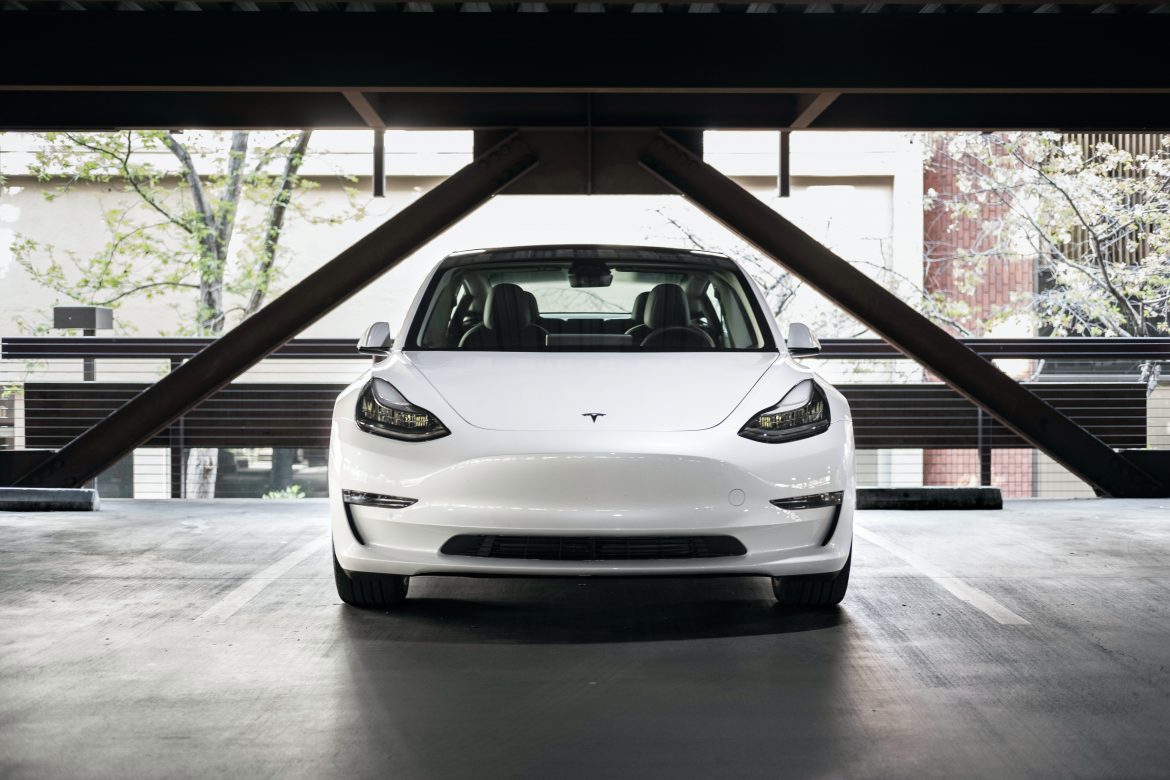The US government has reimbursed more than USD 580 million to auto dealers in advance point-of-sale consumer electric vehicle (EV) tax credit payments since January 1, said the Treasury, Reuters reported. Prior to 2024, auto buyers in the country could only take advantage of the new EV credit of up to USD 7,500 or the USD 4,000 used EV credit when they filed tax returns the following year.
This year, the Internal Revenue Service has received approximately 100,000 time of sale EV reports and paid more than USD 580 million in advance payments to dealers since January 1, as per the Treasury. However, starting January 1, consumers can transfer the credits to a car dealer at the time of sale, effectively lowering the purchase price.
The treasury also added that more than 85,000 of the time of sale tax reports were for new EVs, with over 90% of those including advance payments request for USD 7,500. More than 15,000 time of sale reports were for used EVs, with about 75% including advanced payments requests for USD 4,000. “Demand is high four months into implementation of this new provision,” Treasury spokesperson Haris Talwar said.
In December last year, the Treasury issued guidelines aimed at weaning the U.S. EV supply chain away from China. This led to a fall in the number of EV models qualifying for US EV tax credits to 19 from 43 with some Tesla Model 3s, Chevrolet Silverado EV, Ford Mustang Mach-E, Ford E-Transit vehicles among those losing credits.
Since then, many have also regained eligibility including the Volkswagen ID.4, Nissan Leaf, GM’s Chevy Blazer EV and Cadillac Lyriq. Various consumers must attest they meet income limits to qualify for the tax credit at the time of purchase or they will need to repay the government when filing their taxes. For new vehicles, the adjusted gross income limit is USD 300,000 for married couples and USD 150,000 for individuals.
The August 2022 Inflation Reduction Act law reformed the EV tax credit, requiring vehicles to be assembled in North America to qualify for any tax credits, eliminating nearly 70% of eligible models.



